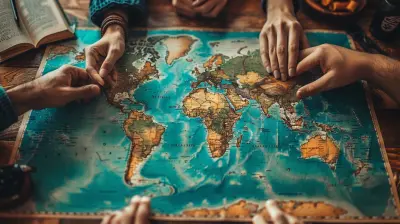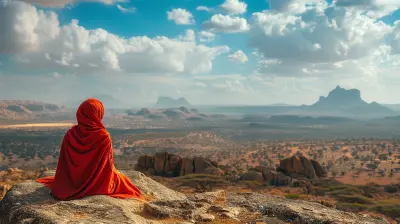Exploring the Rich Traditions of Global Cultural Festivals
21 September 2025
Festivals are more than just celebrations; they're windows into the soul of a culture. Every festival tells a story, preserving traditions passed down through generations. Whether it's a riot of colors, a symphony of sounds, or a feast for the senses, these cultural festivals offer a glimpse into the heritage, beliefs, and shared identity of different societies across the world.
So, why are festivals so important? Because they connect us—bringing people together, fostering unity, and making life a little more exciting. Ready for a journey through some of the most unique and vibrant cultural festivals across the globe? Let's dive in!
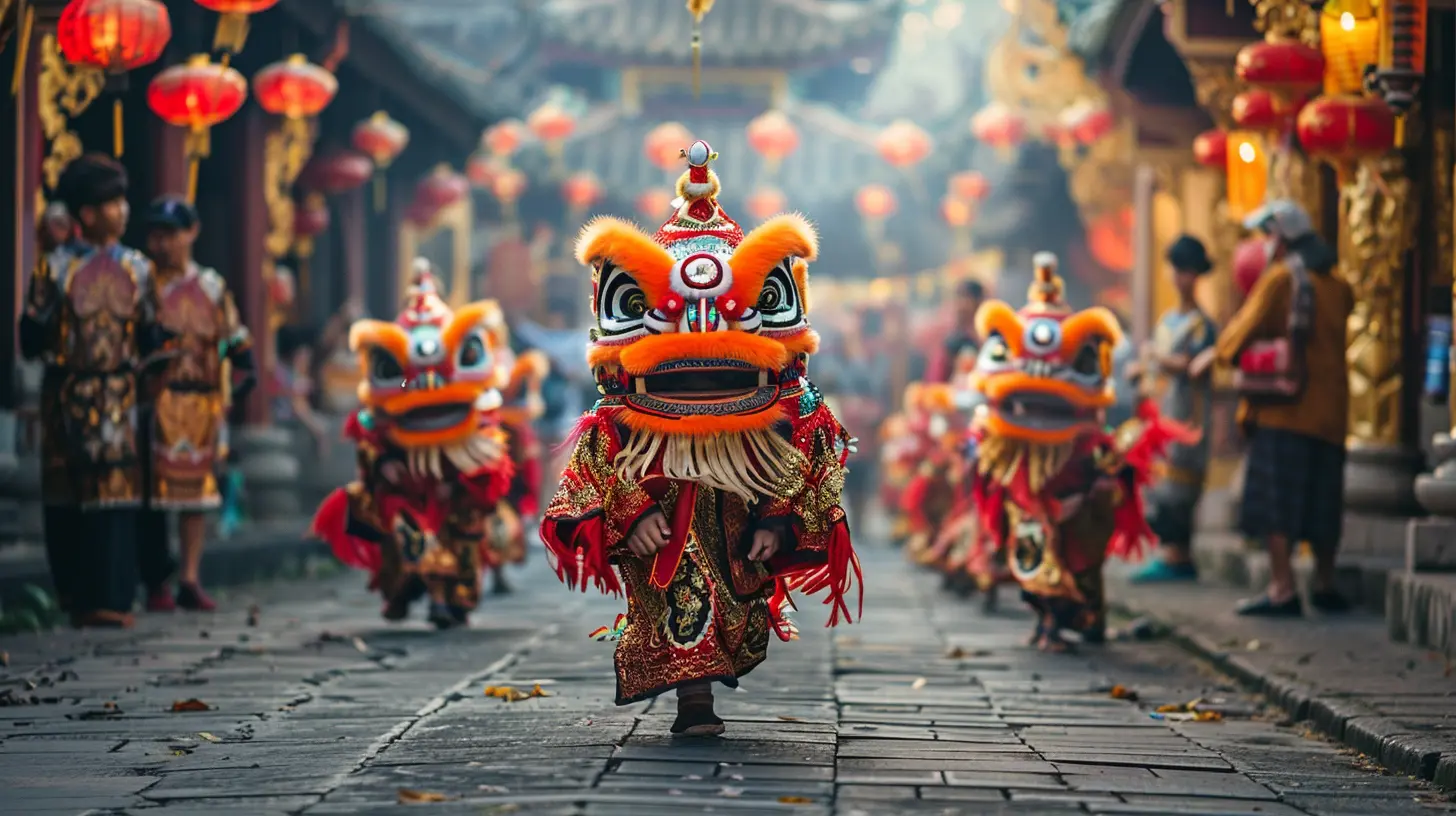
1. Holi – India’s Festival of Colors
One of the most visually spectacular festivals in the world, Holi, is celebrated predominantly in India and Nepal. Known as the “Festival of Colors,” this Hindu festival welcomes the arrival of spring and symbolizes the triumph of good over evil.What Makes Holi Special?
- People throw vibrant colored powders at one another, creating a kaleidoscope of colors in the streets.- Traditional sweets like gujiya and drinks like thandai (often spiked with bhang) are relished.
- Bonfires are lit on the night before Holi, known as Holika Dahan, to signify the burning away of negativity.
- The festival is accompanied by singing, dancing, and unfiltered joy!
Holi isn’t just about colors; it’s about laughter, love, and breaking social barriers. For one day, everyone is equal, covered in the same hues of happiness!
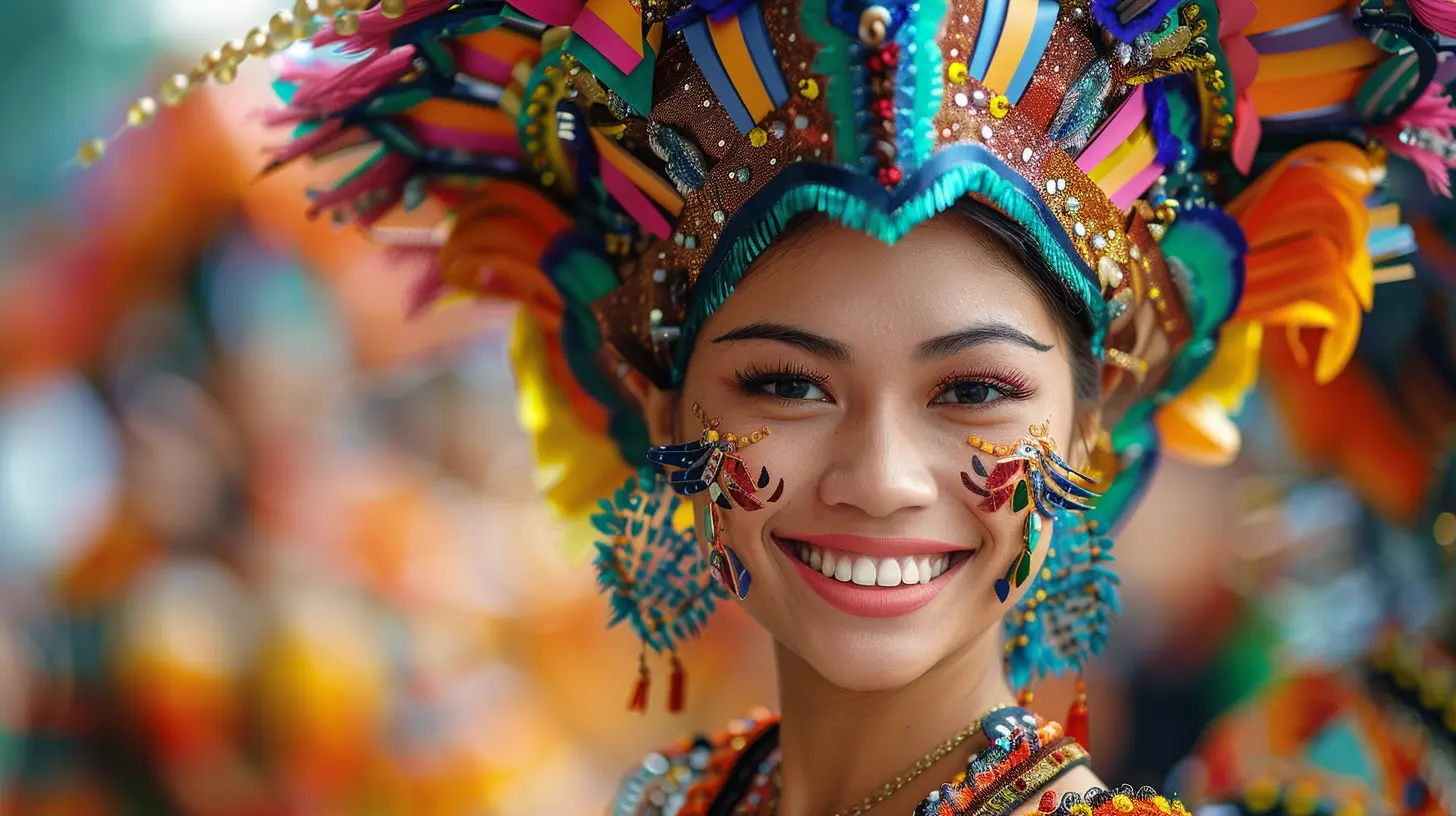
2. Oktoberfest – The World’s Largest Beer Festival
If there's one festival that beer lovers dream of attending, it’s Oktoberfest in Munich, Germany. This iconic 16-to-18-day folk festival, held every September–October, attracts millions of visitors from around the world.What Happens at Oktoberfest?
- People gather in enormous beer tents to enjoy traditional Bavarian beer.- Locals and tourists wear traditional lederhosen (for men) and dirndls (for women).
- Long wooden tables are filled with hearty German foods, including pretzels, bratwurst, and roasted chicken.
- Music, singing, and cheerful toasts of "Prost!" (cheers) echo across the festival grounds.
But Oktoberfest isn’t just about beer—it's about camaraderie, culture, and experiencing the warm hospitality of Bavaria.
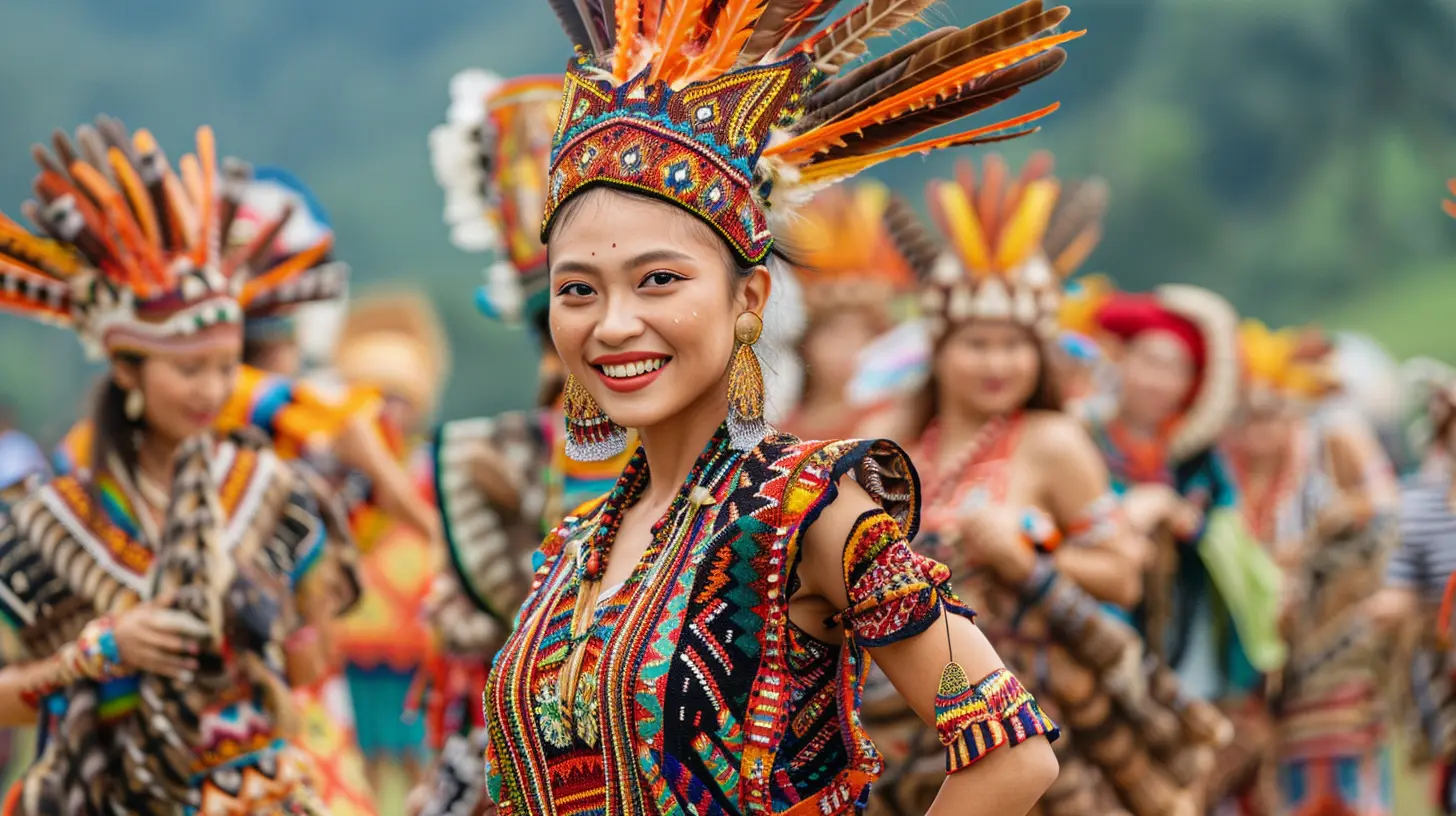
3. Rio Carnival – The Ultimate Street Party
Think of the most extravagant party you can imagine, and Rio Carnival in Brazil will top it! Held just before Lent, this festival is a dazzling explosion of color, music, and energy.Why Is Rio Carnival So Famous?
- The Samba Parade, where massive floats and thousands of dancers light up the Sambadrome, is an absolute showstopper.- The streets of Rio de Janeiro transform into one massive dance party.
- Costumes are elaborate, often adorned with feathers, sequins, and dazzling accessories.
- It blends modern revelry with Brazil's deep-rooted Afro-Brazilian traditions.
For five days, the entire city pulses with life, proving once again that no one throws a party quite like Brazil!
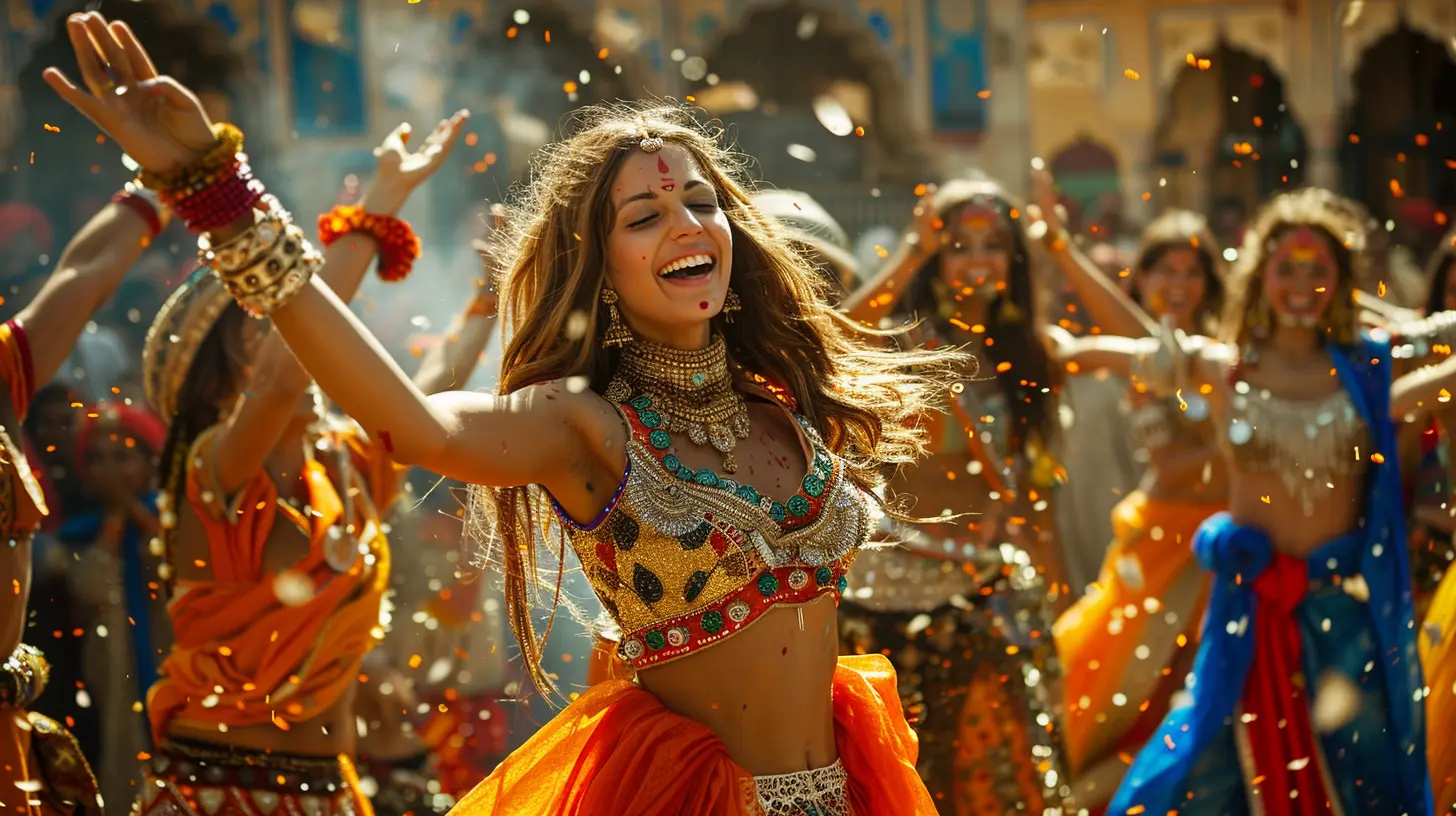
4. Día de los Muertos – Honoring the Dead in Mexico
Forget the somber tone usually associated with death—Día de los Muertos (Day of the Dead) in Mexico is a celebration of life and remembrance. Celebrated from October 31st to November 2nd, it's a time when families honor deceased loved ones with joy instead of grief.How Is It Celebrated?
- Families build altars (ofrendas) decorated with marigolds, candles, photos, and favorite foods of the departed.- Intricately designed sugar skulls (calaveras) symbolize the cycle of life and death.
- Parades and people dressed as skeletons bring a festive atmosphere to the streets.
- Traditional foods like pan de muerto (sweet bread) are widely enjoyed.
It’s a heartwarming way to keep memories alive, proving that love never really dies.
5. Chinese New Year – A Spectacular Start to the Year
Marking the beginning of the lunar new year, Chinese New Year (Spring Festival) is the most significant holiday in China and many Asian countries. It’s all about family, traditions, and ushering in good fortune.What Are the Traditions?
- Red envelopes (hongbao) with money are gifted to bring luck and prosperity.- Fireworks and lion dances chase away evil spirits.
- People thoroughly clean their homes before the festival to sweep away bad luck.
- Families gather for grand feasts, featuring dumplings, fish, and sticky rice cakes.
Each year is associated with a zodiac animal, shaping the year’s fate according to Chinese astrology. It’s a festival that blends ancient customs with modern excitement!
6. La Tomatina – The Ultimate Food Fight
Now, if you’ve ever wanted an excuse to throw tomatoes at strangers, Spain’s La Tomatina has you covered! Held in Buñol, this festival is essentially the world’s largest food fight.How Does It Work?
- On the last Wednesday of August, thousands gather to throw over 100 metric tons of ripe tomatoes at each other.- Before the tomato battle, a greasy ham-topped pole (palo jabón) is climbed as part of a quirky tradition.
- The aftermath? The streets of Buñol are drenched in tomato pulp, creating a scene straight out of a bizarre yet joyous dream.
Why does this festival exist? No one really knows—but does it matter? It’s pure, unfiltered fun!
7. Edinburgh Festival Fringe – A Celebration of Creativity
For art lovers, the Edinburgh Festival Fringe in Scotland is the place to be. It’s the world's largest arts festival, where creativity knows no bounds.What Makes It Unique?
- It features thousands of performances, from comedy and theater to dance and experimental art.- Street performers and musicians turn the city into a stage.
- Unfiltered and uncensored, artists get a platform for raw, unrestrained expression.
- Unlike traditional festivals, anyone can participate—there is no selection committee, making it a true celebration of artistic freedom.
It’s where the weird, the wonderful, and the wildly talented come together to entertain and inspire.
8. Inti Raymi – Reconnecting with Incan Heritage
The Inti Raymi festival in Peru is a mesmerizing revival of Incan traditions. Held on June 24th in Cusco, it celebrates the Sun God, Inti, much as it did in ancient times.What Happens at Inti Raymi?
- A spectacular reenactment of Incan rituals takes place.- Participants wear colorful costumes representing the Incan nobility and priests.
- Traditional music, dances, and prayers create a mystical atmosphere.
- The event culminates in an offering to the Sun God, expressing gratitude and seeking blessings.
It’s a rare window into the grandeur of the Incan civilization, keeping traditions alive for future generations.
Final Thoughts
Festivals are more than just annual celebrations; they are living expressions of history, culture, and shared human experiences. Whether they involve throwing colors, honoring ancestors, feasting on incredible food, or dancing till dawn, each festival plays a role in keeping traditions alive.So, the next time you feel like immersing yourself in something truly unique, why not add one of these incredible cultural festivals to your bucket list? After all, the best way to understand a culture is to celebrate with it.
all images in this post were generated using AI tools
Category:
Cultural FestivalsAuthor:

Winona Newman
Discussion
rate this article
1 comments
Orionyx Stone
Fascinating insights! Cultural festivals truly unite communities and celebrate our diverse global heritage beautifully.
September 23, 2025 at 4:54 PM

Winona Newman
Thank you! I completely agree—cultural festivals are a wonderful way to bring people together and showcase our shared heritage.
